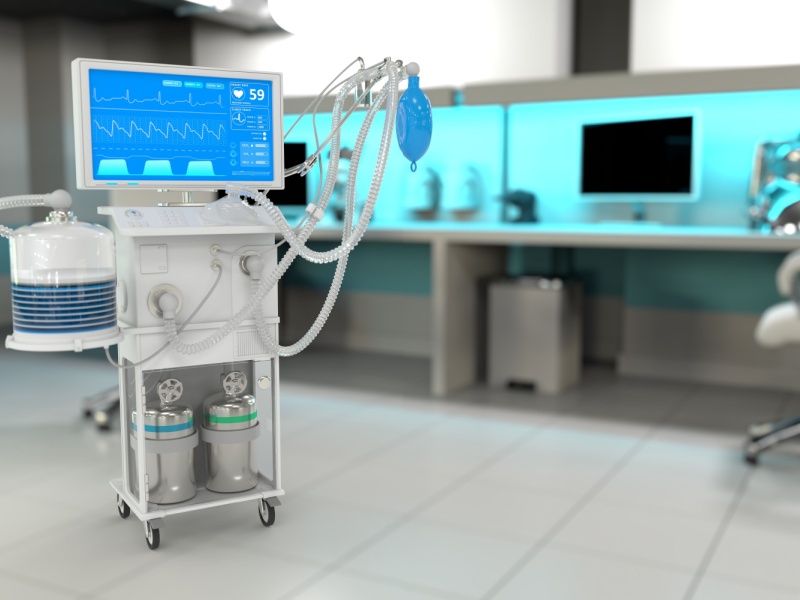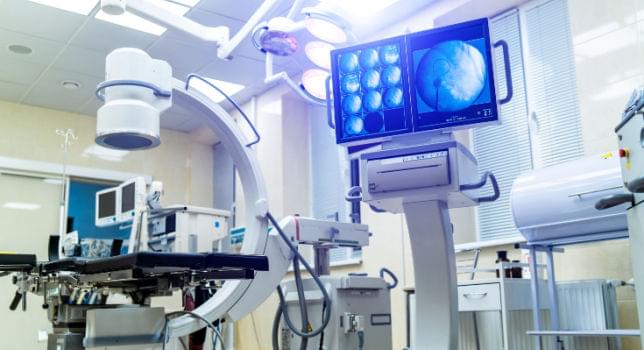ISO 13485 is the globally recognized standard for quality management systems (QMS) in the medical device industry. Achieving and maintaining certification involves a rigorous audit process, which ensures that an organization’s QMS consistently meets customer and regulatory requirements. For Quality Managers and Medical Device Manufacturers, understanding and successfully navigating this process is crucial for compliance and maintaining market access.
In this comprehensive guide, we’ll delve into key tips and best practices for preparing for, undergoing, and responding to an ISO 13485 audit. By following these strategies, you can enhance your QMS, streamline the audit process, and maintain certification with confidence.
Understanding ISO 13485 Audit Processes
What is an ISO 13485 Audit?
ISO 13485 specifies requirements for a QMS where an organization needs to demonstrate its ability to provide medical devices and related services that consistently meet customer and applicable regulatory requirements. The primary objective of ISO 13485 certification is to facilitate harmonized QMS requirements in the medical device sector on a global scale.
Types of Audits
- Internal Audits: Conducted by the organization to ensure that its QMS is effectively implemented and maintained.
- External Audits: Conducted by third-party certification bodies to verify compliance with ISO 13485.
- Supplier Audits: Assessing suppliers' compliance to ensure their processes align with the organization's QMS requirements.
Preparing for the ISO 13485 Audit
1. Conduct a Gap Analysis
Before the official audit, perform a thorough gap analysis to identify areas where your QMS may not fully comply with ISO 13485 requirements. This proactive step allows you to address deficiencies and reinforce strengths.
Key Steps:
- Review current procedures, documentation, and records.
- Compare them against ISO 13485 requirements.
- Identify gaps and develop action plans to address them.
2. Train Your Team
Ensure that all relevant personnel are well-trained and aware of the ISO 13485 requirements. This includes top management, quality managers, and employees directly involved in the QMS.
Training Focus Areas:
- ISO 13485 standard requirements.
- Internal audit procedures.
- Corrective and preventive actions (CAPA).
- Documentation control.
3. Implement Robust Documentation
Accurate and comprehensive documentation is critical for ISO 13485 compliance. Ensure that all documents are up-to-date, well-organized, and readily accessible.
Essential Documents:
- Quality manual.
- Standard Operating Procedures (SOPs).
- Work instructions.
- Records of product design, development, and production.
- CAPA records.
4. Conduct Internal Audits
Regular internal audits help maintain QMS effectiveness and prepare your organization for the external audit. Document findings and implement corrective actions promptly.
Internal Audit Tips:
- Schedule audits at regular intervals.
- Use checklists based on ISO 13485 requirements.
- Train internal auditors to be objective and thorough.
During the ISO 13485 Audit
1. Foster a Positive Audit Environment
Create a collaborative and transparent atmosphere during the audit. Encourage open communication between auditors and your team.
Tips for a Positive Environment:
- Be courteous and professional.
- Provide requested documents promptly.
- Answer questions honestly and accurately.
- Accompany auditors during facility tours.
2. Demonstrate Compliance
Be prepared to demonstrate how your QMS complies with ISO 13485 requirements. Use examples and evidence from your documentation and records.
Key Areas to Showcase:
- Quality policy and objectives.
- Risk management processes.
- Design and development controls.
- Production and process controls.
- Post-market surveillance.
3. Address Nonconformities
If auditors identify nonconformities, address them promptly and effectively. Show your commitment to continuous improvement and compliance.
Handling Nonconformities:
- Acknowledge findings without argument.
- Discuss corrective actions with the audit team.
- Implement corrective actions swiftly.
- Document all steps taken to resolve issues.
After the ISO 13485 Audit
1. Review the ISO 13485 Audit Report
After the audit, review the audit report carefully. Understand the findings, both positive and negative, and use them to enhance your QMS.
Post-Audit Review Steps:
- Hold a debriefing meeting with your team.
- Discuss audit findings and action plans.
- Assign responsibilities for corrective actions.
2. Implement Corrective Actions
Address any identified nonconformities by implementing corrective actions. Ensure that these actions are documented and monitored for effectiveness.
Corrective Action Plan:
- Define root causes of nonconformities.
- Develop and implement corrective actions.
- Monitor and verify the effectiveness of actions.
- Update documentation as needed.
3. Continuous Improvement
Use audit findings as opportunities for continuous improvement. Regularly review and update your QMS to maintain compliance and enhance performance.
Continuous Improvement Strategies:
- Conduct regular management reviews.
- Implement feedback loops from internal audits and customer feedback.
- Stay updated with regulatory changes and industry best practices.
Conclusion
Navigating the ISO 13485 audit process involves thorough preparation, effective execution, and continuous improvement. By understanding the requirements, training your team, maintaining robust documentation, and addressing audit findings promptly, you can achieve and maintain ISO 13485 certification with confidence.
For Quality Managers and Medical Device Manufacturers, mastering the audit process not only ensures compliance but also drives operational excellence and enhances product quality. Stay committed to quality, embrace continuous improvement, and leverage your QMS as a strategic asset in the competitive medical device market.
---
Ready to take your QMS to the next level? Contact us today to learn more about our comprehensive ISO 13485 audit services and how we can support your audit preparation journey.





